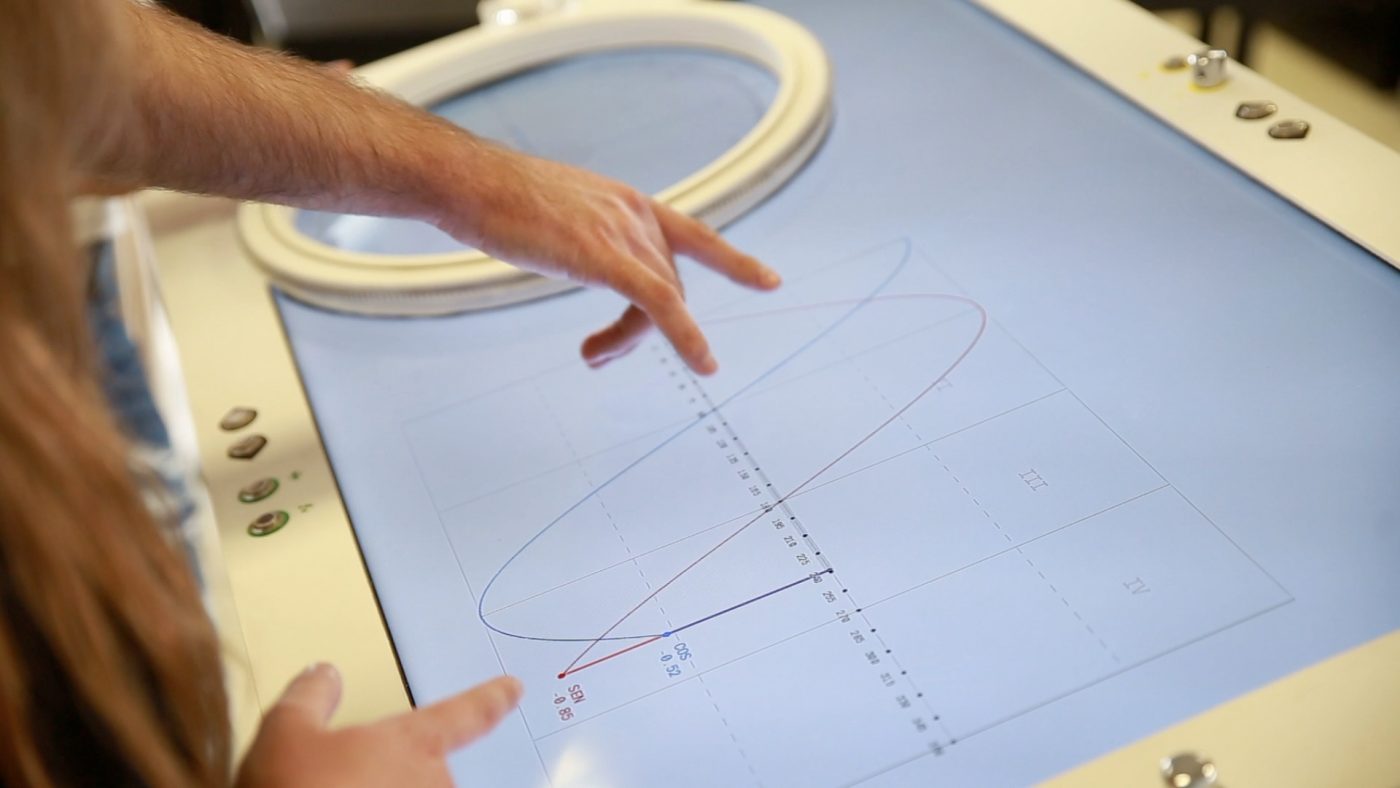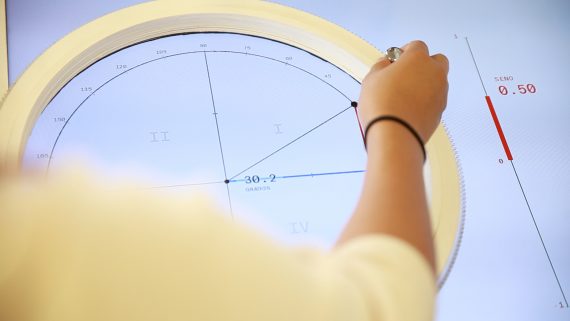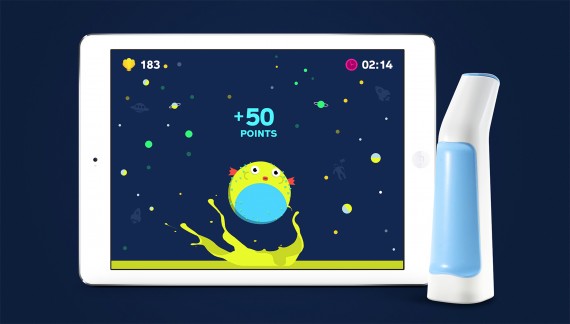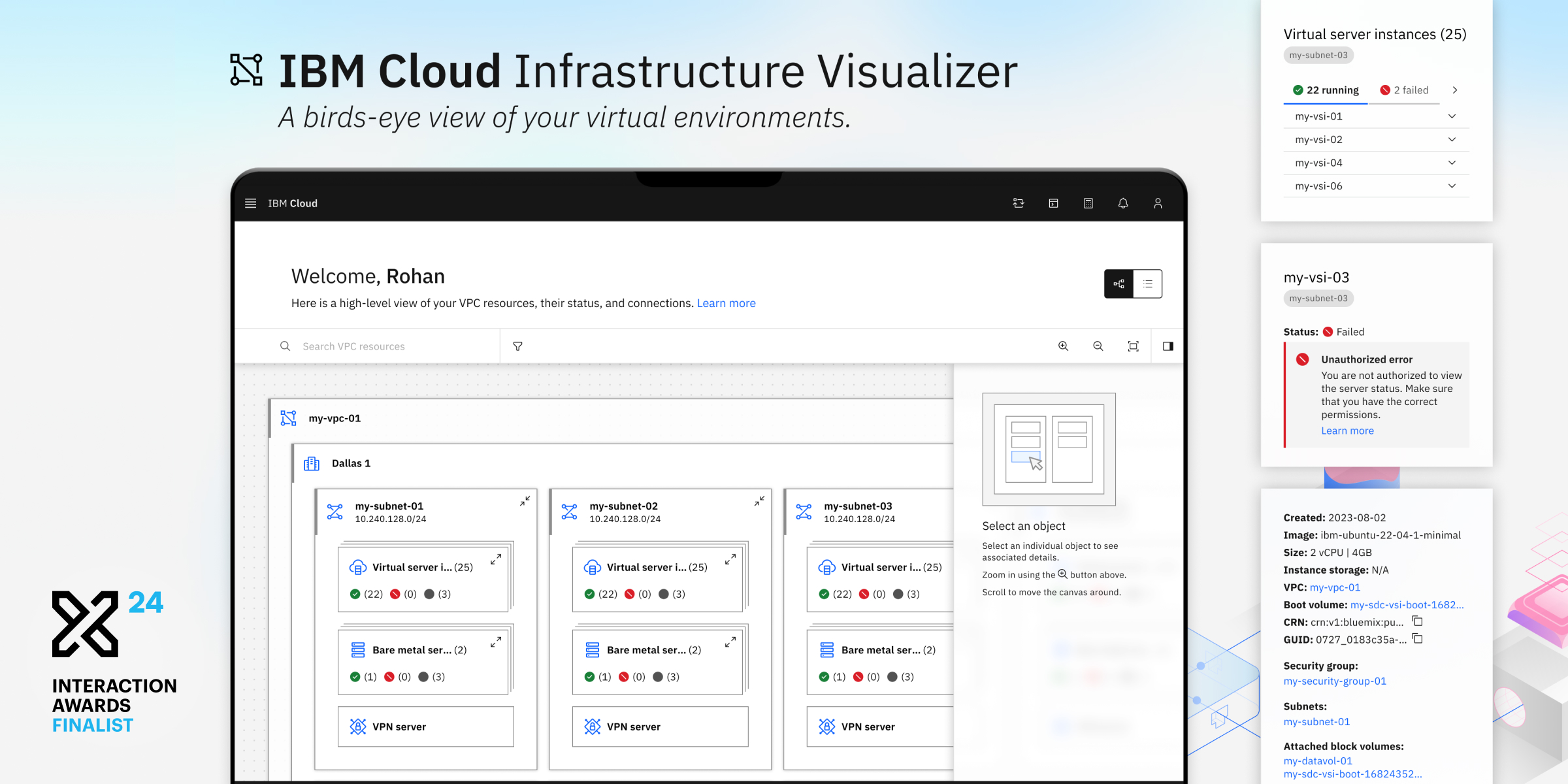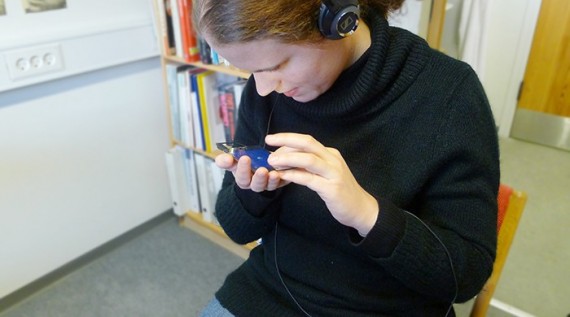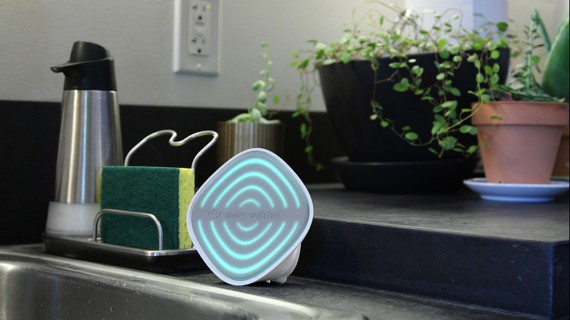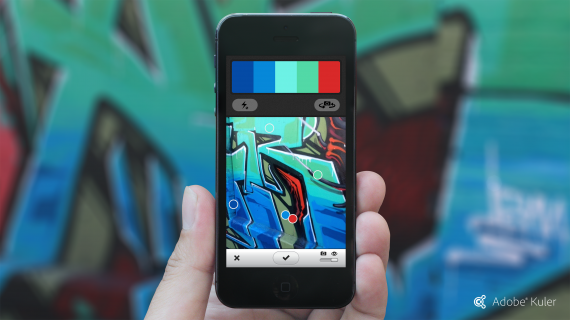TAMI
Team
Company | Institution
Category
Type
Project description
TAMI is a tangible interface that facilitates learning the basics of trigonometry. As opposed to the traditional way of teaching trigonometry (and mathematics in general), TAMI enables an intuitive, playful, and collaborative approach to learning.
TAMI is a tangible interface that facilitates learning the basics of trigonometry. As opposed to the traditional way of teaching trigonometry (and mathematics in general), TAMI enables an intuitive, playful, and collaborative approach to learning.
During our research, we discovered that trigonometry is usually perceived as boring and hard to understand. To some extent, this perception stems from the unilateral approach, which usually involves a teacher lecturing students on a whiteboard filled with equations and abstract concepts. This pedagogical style can be really challenging for beginners, many times resulting in uninterested students that end up memorizing instead of really understanding.
This project was designed in a way that beginners could seamlessly explore trigonometry concepts, opening the door for more advanced topics that require a higher level of abstraction. Since trigonometry is keen to be presented by visualizations and spatial representations, we thought it would be a good strategy to use a highly visual, tactile and intuitive interaction to understand some foundational concepts of trigonometry.
TAMI (Tangible Mathematics Interface) is a tabletop interface with tangible controllers that when manipulated modify mathematical models on a screen and modulates sound elements. Using multiple senses (touch, vision, hearing) makes the experience richer and provides different ways of understanding abstract concepts. TAMI supports collaborative interaction, where a group of students gather and interact with the interface. A facilitator, usually a math teacher, hosts the session driving an experience that is structured by a script. The script acts as a framework for the instructor to stimulate exploration, discussion, and social interaction within the group of participants. The teacher then becomes a facilitator rather than a lecturer, proposing questions and encouraging students to find the answers by themselves in collaboration with their peers. During the user-tests we have witnessed several times participants finding out something and then encouraging others to interact with TAMI to “see” it as well, giving participants agency on their own learning process.
The sequence builds up from the simplest to the most complex, scaffolding on previous knowledge to introduce new concepts through specific interactions. This enables participants to approach new topics with confidence as the experience progresses. A simple and visual-centric language is used: “the blue bar” instead of “cosine”, “the red bar” instead of “sine”. Only once the conceptual understanding is achieved the actual terms are introduced, a strategy that deals with their perceptions of trigonometry being too complex and abstract.
TAMI proposes a fun, engaging and hands-on experience during the initial stages of learning trigonometry: fostering free exploration where mistakes are allowed, and learning is achieved through discovery. TAMI turns a topic that is usually perceived as boring and difficult into something that is approachable, enabling students to take a first step into more advanced trigonometry with less resistance, embracing the idea that if people have fun while learning, knowledge becomes more significant and permanent.
For more information, please visit www.tami.udd.cl
TAMI is a tangible interface that facilitates learning the basics of trigonometry. As opposed to the traditional way of teaching trigonometry (and mathematics in general), TAMI enables an intuitive, playful, and collaborative approach to learning.
During our research, we discovered that trigonometry is usually perceived as boring and hard to understand. To some extent, this perception stems from the unilateral approach, which usually involves a teacher lecturing students on a whiteboard filled with equations and abstract concepts. This pedagogical style can be really challenging for beginners, many times resulting in uninterested students that end up memorizing instead of really understanding.
This project was designed in a way that beginners could seamlessly explore trigonometry concepts, opening the door for more advanced topics that require a higher level of abstraction. Since trigonometry is keen to be presented by visualizations and spatial representations, we thought it would be a good strategy to use a highly visual, tactile and intuitive interaction to understand some foundational concepts of trigonometry.
TAMI (Tangible Mathematics Interface) is a tabletop interface with tangible controllers that when manipulated modify mathematical models on a screen and modulates sound elements. Using multiple senses (touch, vision, hearing) makes the experience richer and provides different ways of understanding abstract concepts. TAMI supports collaborative interaction, where a group of students gather and interact with the interface. A facilitator, usually a math teacher, hosts the session driving an experience that is structured by a script. The script acts as a framework for the instructor to stimulate exploration, discussion, and social interaction within the group of participants. The teacher then becomes a facilitator rather than a lecturer, proposing questions and encouraging students to find the answers by themselves in collaboration with their peers. During the user-tests we have witnessed several times participants finding out something and then encouraging others to interact with TAMI to “see” it as well, giving participants agency on their own learning process.
The sequence builds up from the simplest to the most complex, scaffolding on previous knowledge to introduce new concepts through specific interactions. This enables participants to approach new topics with confidence as the experience progresses. A simple and visual-centric language is used: “the blue bar” instead of “cosine”, “the red bar” instead of “sine”. Only once the conceptual understanding is achieved the actual terms are introduced, a strategy that deals with their perceptions of trigonometry being too complex and abstract.
TAMI proposes a fun, engaging and hands-on experience during the initial stages of learning trigonometry: fostering free exploration where mistakes are allowed, and learning is achieved through discovery. TAMI turns a topic that is usually perceived as boring and difficult into something that is approachable, enabling students to take a first step into more advanced trigonometry with less resistance, embracing the idea that if people have fun while learning, knowledge becomes more significant and permanent.
For more information, please visit www.tami.udd.cl



